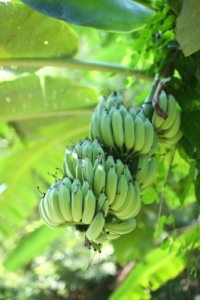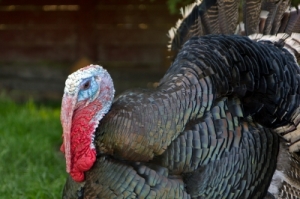It was an unexpected delight to read this piece on the Moringa plant! Unexpected because I have grown wary of the term “superfood”, but I was curious: what is this moringa? The delight was at discovering that the spotlight was on a favorite vegetable from my childhood, known to us as “drumsticks”.
The spotlight on the Moringa tree is welcome as it thrives under very hot and dry conditions which bodes well for its cultivation in times of climate uncertainty and water scarcity. And that is just the start, because here is what we learn about the Moringa:” it produces edible leaves that are unusually rich in protein, iron, calcium, nine essential amino acids, and Vitamins A, B, and C. Its seedpods, which are as thick as the meaty part of a drumstick and about a foot long, are also high in protein and omega-3 fatty acids. Jed Fahey, a biochemist at the Johns Hopkins Bloomberg School of Public Health who has collaborated with Olson on Moringa research for more than a decade, has found that the tree’s leaves and pods have strong anti-inflammatory and anti-diabetic properties, and may also contain enzymes that protect against cancer. Mature Moringa seeds can be pressed for vegetable oil, and the seed cake that is left over can be used to purify drinking water. (It contains a protein that makes bacteria glom together and die.) When dried, crushed seeds can also serve as a good fertilizer.”
As I read this, I can almost taste the steaming bowl of stems cooked in lentils from all those years ago, for once, “superfood” might just be an accurate description!
If one front in the effort to combat the impact of climate change on food production involves taking a second look at resources that have been neglected in the past, another strategy is to use technology to bring to farmers the information and data they need to make optimal decisions. An interesting read on how this is working in Africa is here.
Combating global hunger in a climate uncertain time will require all the tools we have, taking another look at old ones and trying out some shiny new ones as well.
(Image courtesy of zirconicusso at FreeDigitalPhotos.net)










